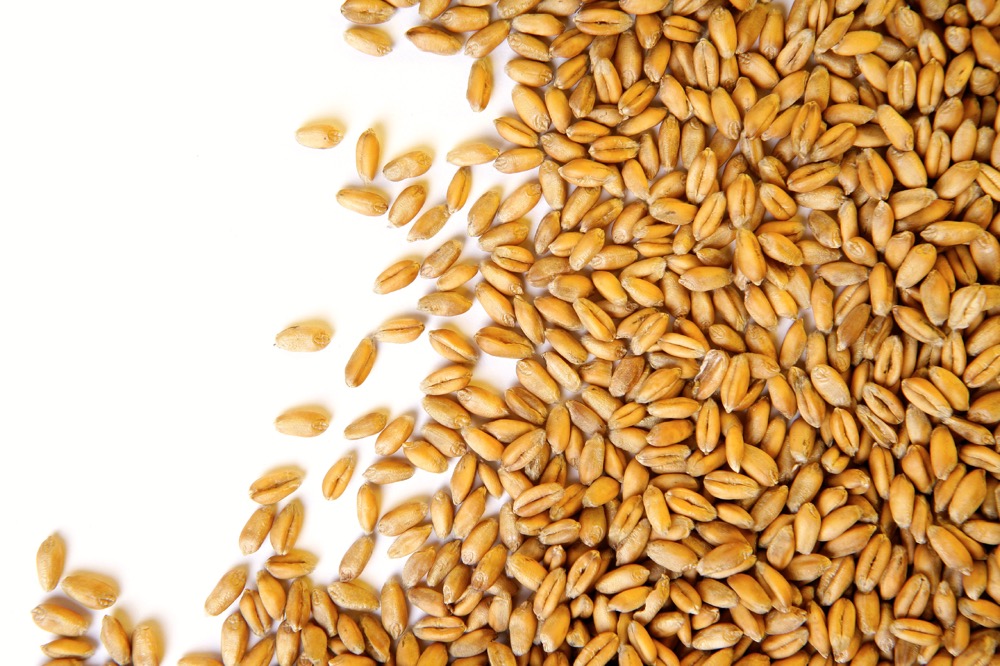Compared to last week, western Canadian feeder cattle prices traded $3-$8 per hundredweight (cwt) higher on average, depending on the region, with stronger buying interest noted in the lighter weight categories.
Pen closeouts have been near record highs for almost a month and the longer this trend continues, the more orders flow into auction barns. Feedlot mangers who were holding back on purchases, waiting for a correction, were stepping forward more aggressively last week. Pent-up demand was noted sending the market into fresh territory and order buyers were extremely busy, unable to satisfy all customers.
Read Also

IGC raises 2025/26 world wheat crop forecast
The International Grains Council has raised its forecast for 2025/26 global wheat production with crop outlooks upgraded for Russia, the United States and Argentina.
Feeders or stockers weighing under 700 pounds were well wanted because the longer feeding timeframe may lower the financial risk and enhance marketing options. Secondly, buyers also bid up heifers to the point where the steer/heifer spread was unnoticeable. There were instances where heifers were at only a $2-$3/cwt discount for similar weight categories, as this was another way to lower the overall financial outlay.
In southern Alberta, black white-face heifers weighing just over 700 lbs., with medium flesh, traded at $189/cwt. Black steers of similar weight and quality were quoted at $190/cwt. A nice group of professionally-backgrounded Charolais-cross steers with very little flesh weighing 850 lbs. traded at $175/cwt in the Calgary area.
The U.S. market was explosive, with the U.S. Department of Agriculture reporting 620-lb. steers selling for $210/cwt in Nebraska; feather-light steers weighing 350 lbs. reached a whopping $278/cwt in Oklahoma.
Alberta packers were buying fed cattle in the range of $134-$136/cwt, down from the highs of $140/cwt three weeks ago; Lethbridge-area barley traded at $170 per tonne delivered feedlot, up $15 from the winter lows. The feeding margin has narrowed for the summer timeframe. This may be a red flag but doesn’t seem to be influencing demand for feeders.
Bred cows and heifers were higher this week, trading in the range of $1,400 to $1,700. Grass conditions will be excellent this spring across Western Canada and buying interest has increased for stockers and bred cows.
— Jerry Klassen is a commodity market analyst in Winnipeg and maintains an interest in the family feedlot in southern Alberta. He writes an in-depth biweekly commentary, Canadian Feedlot and Cattle Market Analysis, for feedlot operators in Canada. He can be reached by email at [email protected] for questions or comments.












